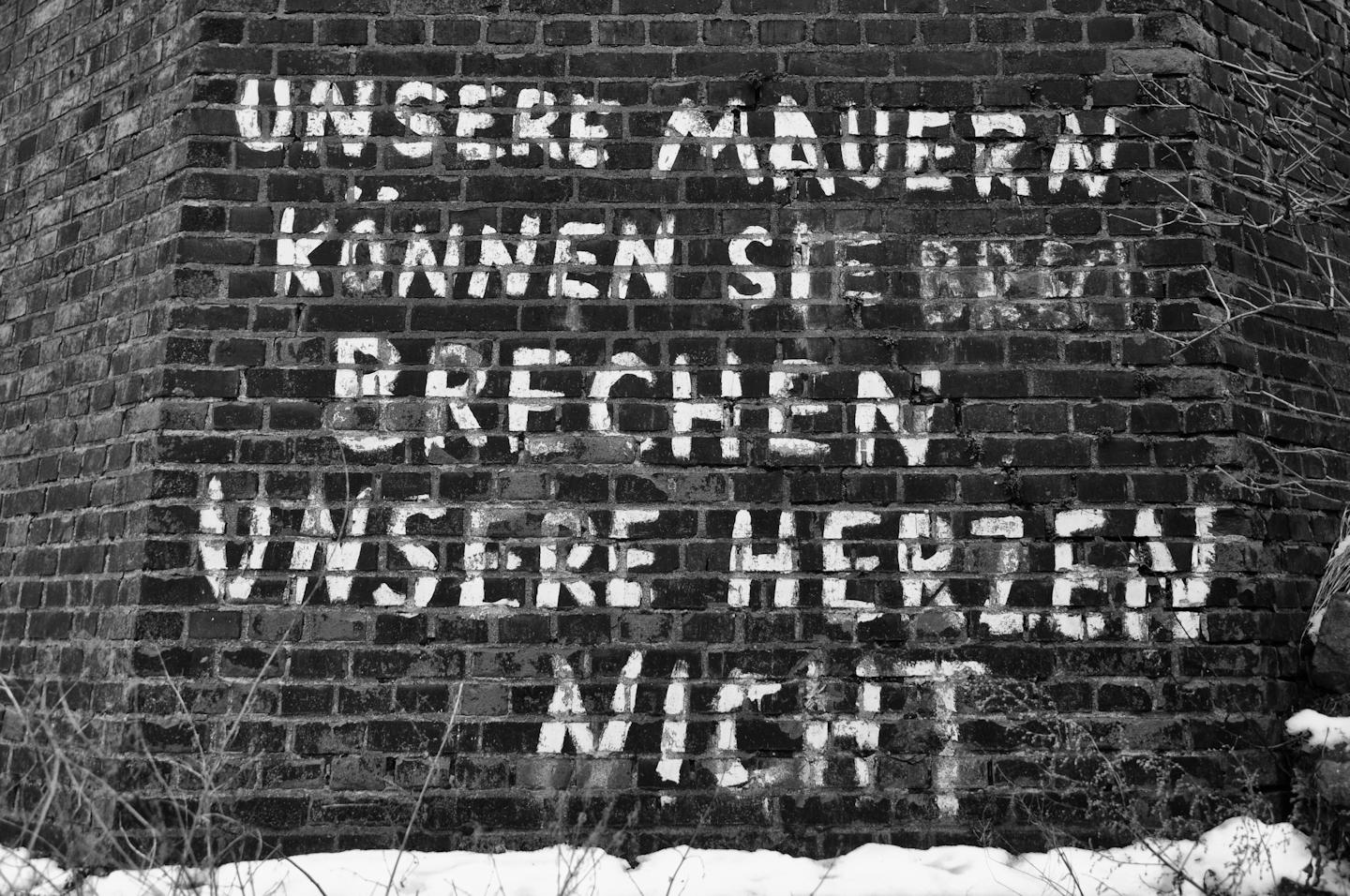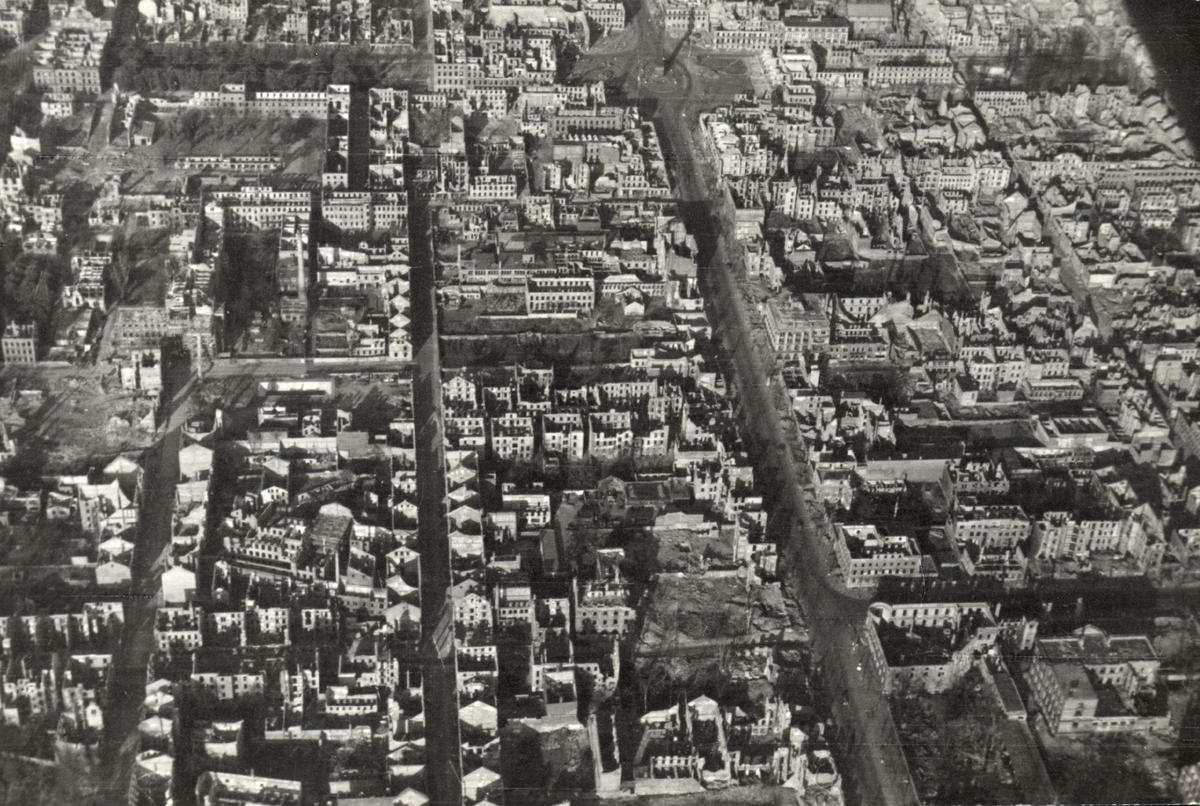Comparison of Russian and Ukrainian attack schemes:
I decided to compare the offensive of Russia in the spring and the counteroffensive of Ukraine in September in order to understand the reasons for such different results.
From the very beginning of the war, Russia built its offensive operations along the main highways and key population centers. This is understandable because the Russian offensive relied primarily on heavily armored vehicles. In this war we saw tank columns trying to storm a city without any infantry, air, or artillery cover. Which is an absolutely failed strategy. This led to the fact that tank columns were ambushed. Large forces could be blocked in narrow directions, as we saw near Kyiv, where a column of equipment stretched for tens of kilometers.
Since May, Russia has somewhat changed its tactics, increasingly using assault groups of light infantry (mainly mobilized in Luhansk and Donetsk). The task of which is to find a weak spot in the defense for further breakthroughs of the main forces. The attacks were accompanied by massive artillery fire. In May-June, Russia apparently reached the peak of the use of its artillery. At that time, the number of shots reached 50-65 thousand shells per day, if we rely on the data of the Ukrainian military. But the concept of the Russian attack remained unchanged. Russia moves from one settlement to another, moving along the main roads.
The disadvantage of this strategy is:
1) high military losses (because the Russians carry out a lot of assaults, most of which are unsuccessful);
2) high dependence on Soviet artillery, which requires intensive logistics and a large number of warehouses;
3) the slowness of the war (instead of one attack, the Russians have to repeat the same sequence with each subsequent city).
All this led to the fact that in July-August Russia no longer had enough forces to continue the massive offensive. In July, the Russians called it an "operational pause", but later the "pause" turned into a retreat and flight of Russian soldiers from Kharkiv Oblast.
Ukraine has built a completely different concept of attack. Many mobile groups move not on the main roads but on forest and steppe roads. These groups "fill the space" between Russian forces, cut supply routes and create the effect of a local encirclement. After breaking through the defensive line, the second offensive line attacks the Russian positions from different directions. This requires high coordination of actions and reliable communication in order to understand where one's own/someone else's is.
Russia has very poor intelligence and coordination. After the breakthrough of the defense line, the military command often does not understand the operational situation, receives information with a significant delay, and therefore makes many wrong decisions. Often, the Russian military retreats when they should rush into battle. And vice versa - they continue the fight when they should retreat. This leads to high military losses during the retreat.
Result:
Russia has a significant advantage in the number of armored vehicles and artillery, but this creates big problems for logistics. The Russian army needs a lot of fuel and ammunition. Because of this, the Russian army is "clumsy". Poor coordination, intelligence, and training of soldiers only worsen the situation.
The Ukrainian army is much more mobile and organized. Ukraine has better intelligence, which allows you to accurately assess the situation on the battlefield. But the insufficient number of armored vehicles leads to the fact that a large part of the army is made up of light infantry, which is unprotected from artillery fire (especially during the offensive).


